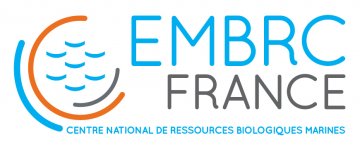[New Publication] Progress and future directions for seaweed holobiont research
Mahasweta Saha, Simon M. Dittami, Cheong Xin Chan, Jean-Baptiste Raina, Willem Stock, Fatemeh Ghaderiardakani, Ann Mary Valathuparambil Baby John, Shauna Corr, Guy Schleyer, Jonathan Todd, Ulisse Cardini, Mia M. Bengtsson, Soizic Prado, Derek Skillings, Eva C. Sonnenschein, Aschwin H. Engelen, Gaoge Wang, Thomas Wichard, Juliet Brodie, Catherine Leblanc, Suhelen Egan
In the marine environment, seaweeds (i.e. marine macroalgae) provide a wide range of ecological services and economic benefits. Like land plants, seaweeds do not provide these services in isolation, rather they rely on their associated microbial communities, which together with the host form the seaweed holobiont. However, there is a poor understanding of the mechanisms shaping these complex seaweed–microbe interactions, and of the evolutionary processes underlying these interactions. Here, we identify the current research challenges and opportunities in the field of seaweed holobiont biology. We argue that identifying the key microbial partners, knowing how they are recruited, and understanding their specific function and their relevance across all seaweed life history stages are among the knowledge gaps that are particularly important to address, especially in the context of the environmental challenges threatening seaweeds. We further discuss future approaches to study seaweed holobionts, and how we can apply the holobiont concept to natural or engineered seaweed ecosystems.








